In the realm of industrial automation and process control, the reliability, accuracy, and stability of instruments are paramount. One critical concept that significantly impacts these aspects is “working conditions.” This term refers to the environmental and operational parameters under which an instrument functions. This article explores the definition, classification, and impact of working conditions on instrument performance, and offers strategies for monitoring and optimizing these conditions to ensure stable and reliable operation.
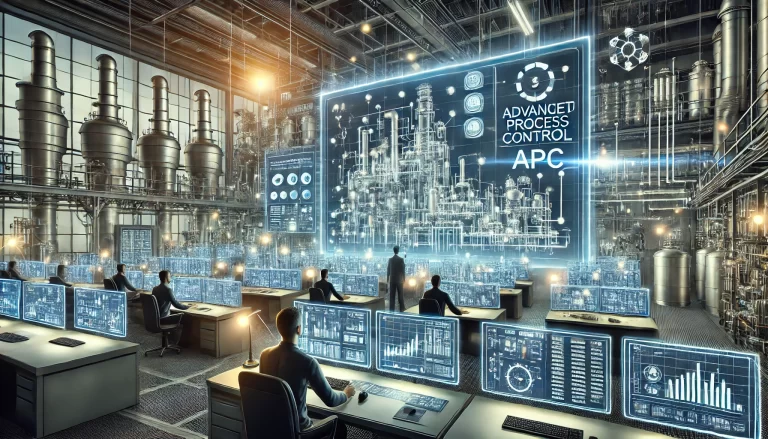
What Are Working Conditions?
Working conditions encompass the environmental factors and operational loads that an instrument encounters during its operation. These factors include temperature, pressure, flow rate, and current, among others, which collectively determine the instrument’s measurement precision and stability. Variations in these conditions can significantly affect the instrument’s performance, potentially leading to inaccuracies or malfunctions.
For example:
Level Sensors: Conditions such as the density and humidity of the medium affect the sensor’s accuracy.
Temperature Sensors: Factors like ambient temperature and humidity influence their readings.
Flow Meters: Flow velocity and pressure are critical parameters impacting their performance.
By thoroughly understanding and managing these conditions, engineers can identify potential issues early and implement preventive measures to ensure uninterrupted operations.
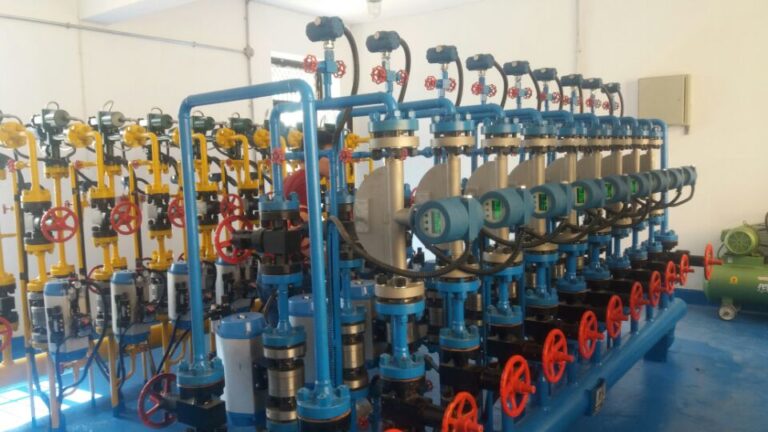
Types of Working Conditions
Working conditions can be classified based on several dimensions, each having a distinct impact on instrument performance:
1. Normal vs. Extreme Conditions
Normal Working Conditions: These are the operational parameters within the instrument’s design range, such as the rated temperature or pressure.
Example: A flow meter designed for a standard flow range of 1-100 m³/h.
Extreme Conditions: These occur when operational parameters exceed design limits, such as high temperatures or pressures. Under such conditions, instruments may malfunction or suffer permanent damage.
Example: Operating a temperature sensor above its specified range of -20°C to +80°C might lead to sensor drift or failure.
2. Stable vs. Unstable Conditions
Stable Conditions: Parameters like temperature, pressure, and flow remain constant. Instruments perform optimally with high accuracy and stability.
Unstable Conditions: Parameters fluctuate due to system startup, shutdown, or variable loads. Instruments may exhibit delayed responses or increased error margins.
Example: A level sensor subjected to sudden changes in flow rate or medium density.
3. Standard vs. Special Conditions
Standard Conditions: These are typical operating environments with minimal interference from external factors.
Example: A temperature sensor used in a controlled laboratory setting.
Special Conditions: These include extreme environments, such as high humidity, strong electromagnetic interference, or highly corrosive atmospheres. Instruments in such settings require additional protective measures.
Example: An ultrasonic level sensor used in a lime slurry application may require anti-corrosion coatings.
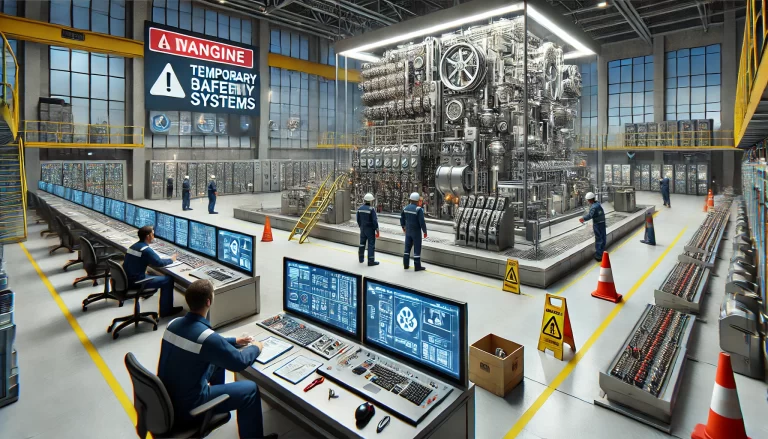
How Working Conditions Impact Instrument Performance
Working conditions profoundly influence the performance, longevity, and reliability of instruments. Below are some key factors and their effects:
1. Temperature
Temperature variations can cause significant performance issues:
High Temperatures: Lead to accelerated component aging and thermal drift, reducing measurement accuracy.
Low Temperatures: May cause freezing or sluggish response times.
Example: A temperature transmitter used in a high-temperature furnace may require active cooling or insulation.
2. Pressure and Load
Exceeding the rated pressure of instruments like pressure transmitters or flow meters can:
Damage sensors.
Cause signal distortion or zero-point drift.
Accelerate mechanical wear and tear.
Example: A differential pressure transmitter used in high-pressure applications should include overpressure protection mechanisms.
3. Flow and Medium Properties
Flow Velocity: High speeds can cause mechanical wear, while low speeds may result in insufficient measurement accuracy.
Medium Properties: The viscosity, density, and corrosiveness of the medium directly affect the reliability of instruments like flow meters and level sensors.
Example: A turbine flow meter may require modifications for accurate readings in highly viscous fluids.
4. Environmental Factors
Humidity: Can corrode electrical components or cause short circuits.
Vibration: May lead to mechanical failures or inaccurate readings.
Electromagnetic Interference: Can distort signal processing in sensitive instruments.
Example: A radar level sensor operating in an environment with high electromagnetic interference might need shielding and advanced signal filtering.
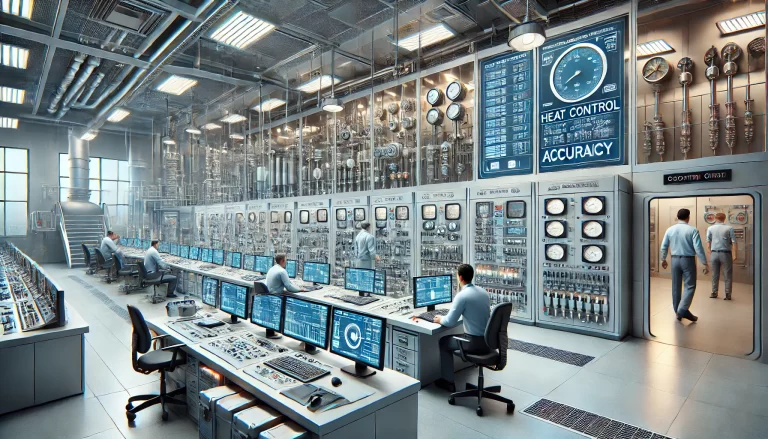
Strategies for Monitoring and Optimizing Working Conditions
Real-Time Monitoring
Utilize advanced sensors and monitoring systems to track key parameters like temperature, pressure, and flow.
Example: An industrial IoT system that provides real-time alerts for condition deviations.
Regular Maintenance
Schedule periodic inspections to identify wear and tear or deviations from normal working conditions.
Example: Routine calibration of flow meters ensures long-term accuracy.
Simulation and Analysis
Use simulation tools to model and predict the behavior of instruments under varying conditions.
Example: Computational Fluid Dynamics (CFD) analysis for optimizing flow meter placement.
Environmental Protection
Implement protective measures such as anti-corrosion coatings, vibration dampers, and electromagnetic shields.
Example: Installing vibration isolators for sensitive instruments in high-vibration environments.
Data-Driven Optimization
Leverage historical data and predictive analytics to proactively address potential issues.
Example: Predictive maintenance systems that analyze historical temperature trends to prevent overheating.
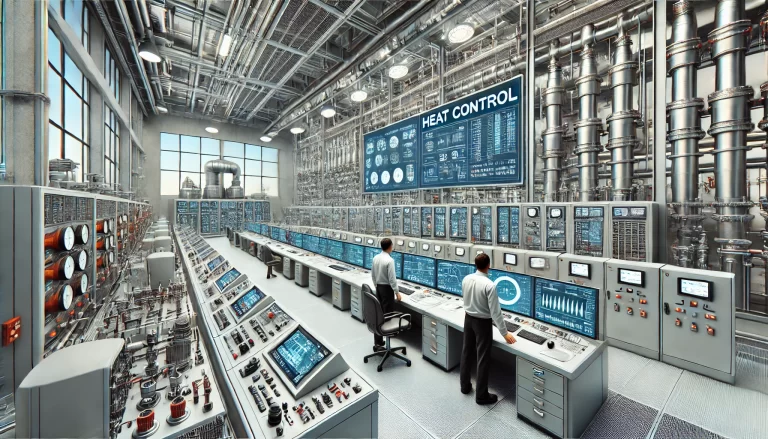
Conclusion
Working conditions are a critical factor influencing the performance, accuracy, and durability of industrial instruments. By understanding the nuances of working conditions, engineers can implement effective monitoring, maintenance, and optimization strategies. This not only ensures the stable operation of individual instruments but also enhances the overall efficiency and reliability of industrial automation systems. As industries evolve towards smart manufacturing, leveraging advanced monitoring technologies and predictive analytics will be key to mastering working conditions and achieving optimal performance.
